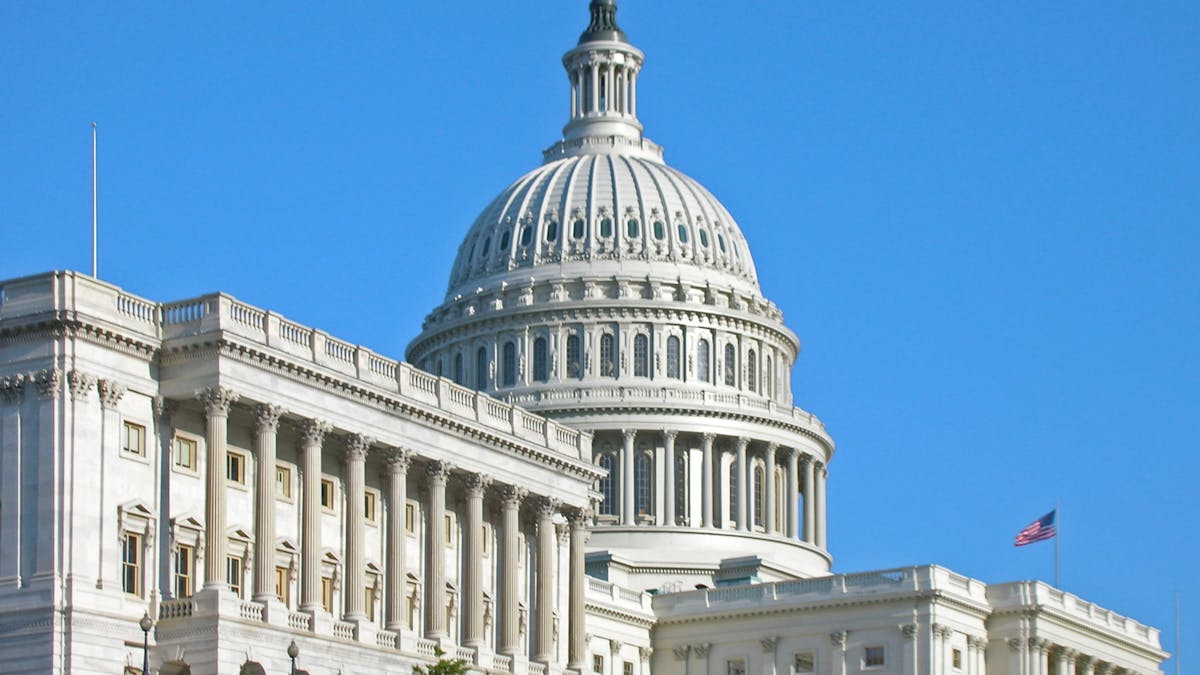This post was updated on August 10, 2020.
Federal Reserve officials on Friday had few answers for why the central bank apparently revamped an economic relief program at the express behest of oil and gas companies, possibly running afoul of Fed policy banning programs meant to benefit a single industry.
At Friday’s hearing, the first to be held by the Congressional Oversight Commission on coronavirus pandemic relief, commission member Bharat Ramamurti pressed Boston Fed President Eric Rosengren on the unusual sequence of events leading to the rollout of the Fed’s Main Street Lending Program.
Following the initial creation of the MSLP on April 9th, members of the Trump administration took meetings with fossil fuel industry executives and lobbied for changes to the program’s requirements and limitations. By the time the Fed announced the program’s final rules on April 30th, a number of changes had been made.
“Many of those changes lined up exactly with what members of the oil and gas industry had requested,” Ramamurti said. “That did not appear to be a coincidence.”
First, on April 9, the Fed announced the MSLP and other programs that would central bank funds backed by taxpayer guarantees to help sustain companies that were on track to survive until the pandemic shocked the economy. Aiming to prevent failing companies from merely refinancing their existing debt, the Fed prohibited borrowers from using the new money for debt repayments, with a narrow exception for “mandatory principal payments” that were already scheduled.
A week later, the main trade group representing oil and gas companies wrote to the Fed that this safeguard “may prevent independent gas and oil producers from using these facilities.” In a public letter, the Independent Petroleum Association of America asked the Fed to “consider providing flexibility on this provision.”
Other industry players weighed in, a BailoutWatch analysis of the public comments found, with more specifics about what they wanted. Elevation Resources, a Texas oil company, said collapsing oil and gas prices left hundreds of companies ineligible for the bailout because they depend on “reserve base loans” — loans tied to the future value of oil and natural gas. The industry’s grim outlook is leading banks to demand repayment. Those obligations leave companies ineligible for the Main Street program, Elevation said because they’re required to make payments that are not allowed under the Fed’s proposed terms.
Also making the case was President Trump, who tweeted on April 21st that he had instructed the Energy Department and Treasury “to formulate a plan which will make funds available so that these very important companies and jobs will be secured.” Behind the scenes, Energy Secretary Dan Brouillette and Treasury Secretary Steven Mnuchin went to bat for fossil fuels, Brouillette later said in an interview.
By the end of April, fossil fuel companies got what they wanted. The Fed revised the program terms, allowing bigger loans to companies with heavier debt burdens. Instead of allowing only “mandatory principal payments,” the program would allow companies taking the funds to make any debt or interest payment “that is mandatory and due.”
Under Ramamurti’s questioning Friday, Rosengren maintained the MSLP’s rules were “broad-based,” as were the changes made to those rules between the announcement of the program and its final terms. Those changes, he said, came after receiving “many comments from both banks and businesses.
In each case, Ramamurti said, a review of those comments turned up no such evidence of requests for the changes.
“The only people making [those requests] were the energy secretary and the treasury secretary after meetings with the oil and gas industry,” he said.
The debate around the Main Street program remains largely speculative. Only eight companies have received the loans since the program went live a month ago. More than half of the money went to a Pennsylvania casino operator.
BailoutWatch has officially requested records from the Fed, Treasury, and Department of Energy regarding the close-door conversations that led to modifications in the Main Street Lending Program. To date, only two letters have been released. Both were already available to the public.
